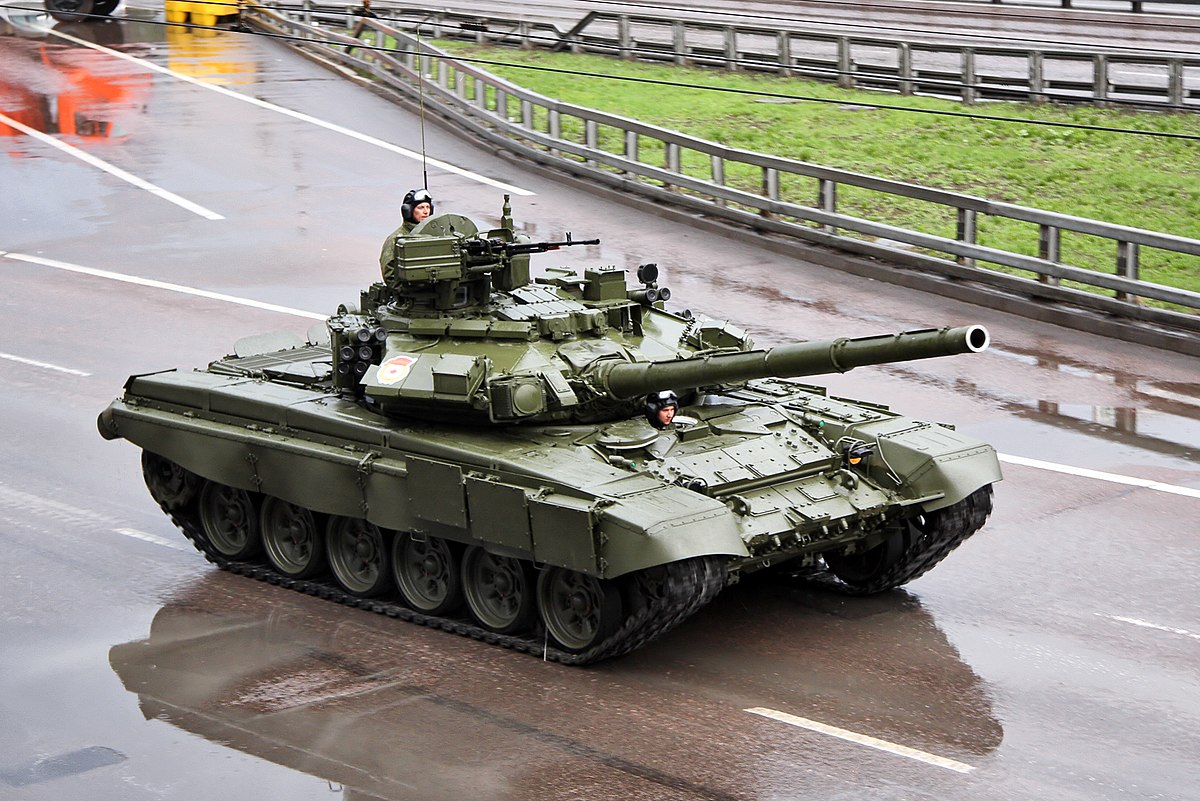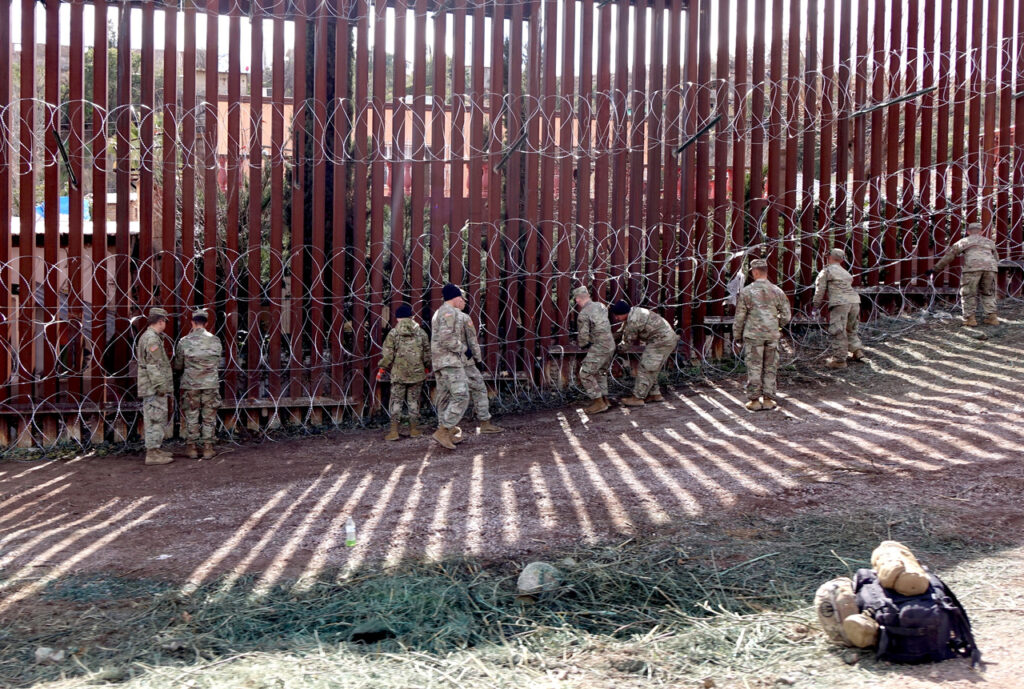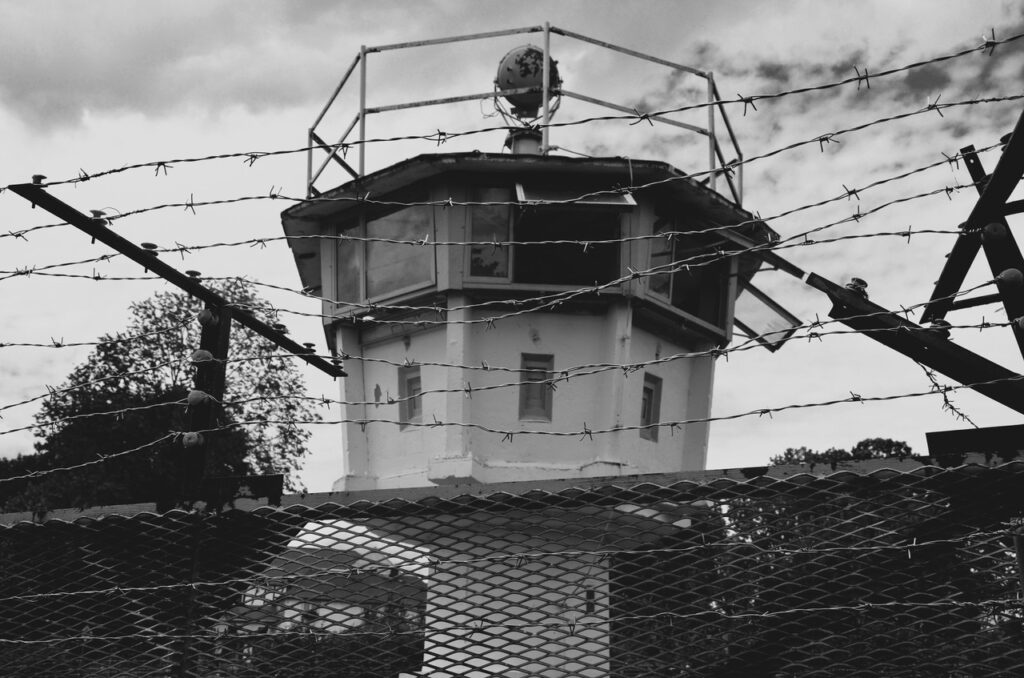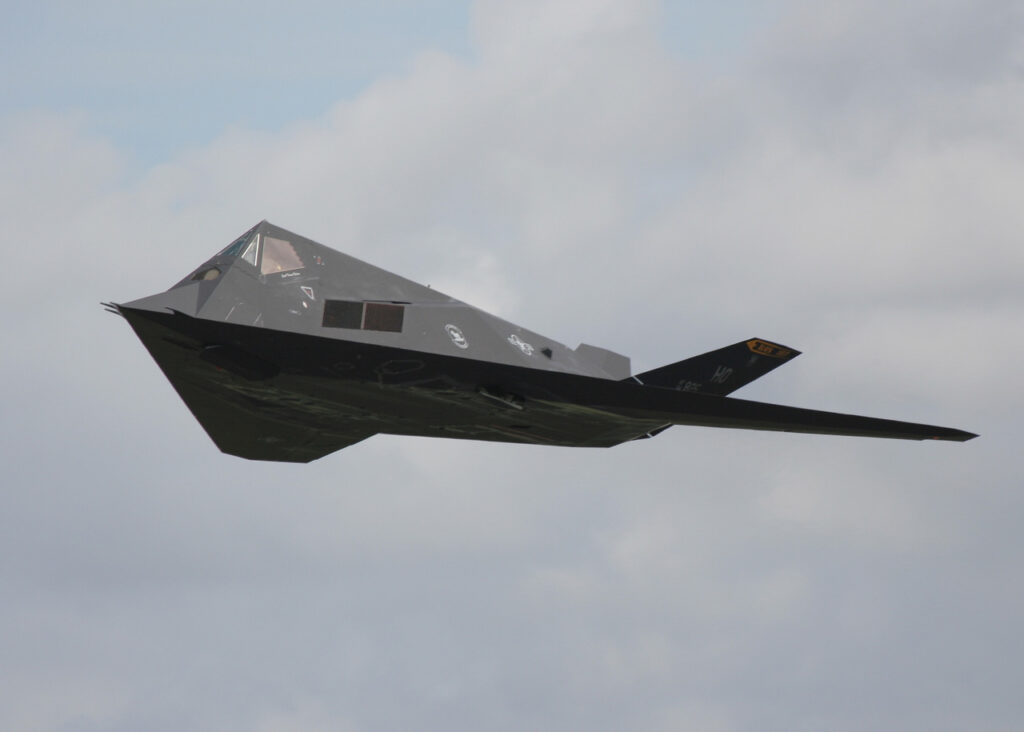
I Fought Russia in a Tank War in This Simulator And It Was A Bloody Mess
It was the mid-1990s. The roar of Russian tank engines, the whoosh of anti-tank missiles and the buzz of low-flying Havoc attack helicopters filled the computer room of my suburban home. After a few hours of play, a column of Russian tanks lay smoking on a highway and a Ukrainian airfield was in flames.
No, this wasn’t a fast-paced, real-time strategy game like Command & Conquer: Red Alert — I’d just gotten hooked onto Steel Panthers, a turn-based tactical simulation.
Simple to play yet full of depth, it remains a great way to learn about real-world tactics and equipment — especially because modern incarnations of Steel Panthers are available today … for free.
(This article originally appeared at War is Boring in 2016.)
The controls are simple. You command individual vehicles and infantry squads of six to 12 soldiers across a hex map, with each hex equal to 50 meters, two hexes being roughly the length of a football field. You can move your units around the map by left-clicking, or right click to rotate the unit and check its line-of-sight.
When you spot an enemy, left-clicking attacks it until you run out of shots. Once you’ve moved all your units — and you have to be careful, because moving your units in sight of the enemy can cause them to take snapshots at you — you hit the End Turn button, and the opposing side gets to move.
There are only a few additional commands. You can call in air strikes and artillery bombardments — they take several turns to arrive, and are not always accurate — load or disembark troops onto vehicles and rally suppressed units to get them back in the fight.
The first Steel Panthers game deals with World War II, and in addition to dozens of stand-alone scenarios, allows you to play a campaign lasting the entire conflict commanding a company-size force for any of the warring nations.
The sequel, Modern Battles, features new equipment such as attack helicopters and wire-guided anti-tank missiles and virtually every conflict after 1945 — Korea, Vietnam, Arab-Israeli, Iran-Iraq, Angola, Desert Storm and many, many more.
Finally, Steel Panthers 3: Brigade Command spans both eras and changes the scale of the game to commanding platoons instead of squads, with hexes equivalent to 250 meters instead of 50.
The graphics are hardly award-winning, but compared to the flavorless tactical symbols of other realistic war games, they do a great job of conveying a diversity of equipment, while the top down topographical maps depict a variety of environments and conditions — whether the sandy berms of Iraq, the ruined street blocks of Stalingrad or the frozen woods of the Ardennes in the Battle of the Bulge.
Smoke, flames, and shell craters quickly deform the landscape and heavy artillery punches holes in buildings, eventually causing them to collapse.
Steel Panthers does an excellent job of teaching combined arms — the hard and fun way. The game doesn’t require you to understand every tactic and weapon system — you learn through your failures and occasional successes.
For example, it’s easy to charge your awesome Tiger tanks ahead on a map, confident in their superior armor and firepower — only to discover that tanks are really bad at spotting infantry hiding in ambush in the woods, ready to set your invulnerable tank on fire with a Molotov cocktail down the driver’s hatch.
So the next time, you send infantry alongside the tanks to spot the enemy ambushes — but they end up getting chewed up by entrenched machine guns. So then you start pre-planning an artillery bombardment or even a smoke barrage — but it takes several turns for the artillery to begin the fire mission, and the bombardment may be inaccurate if you don’t have a good spotter in place.
And so it goes.
The damage modeling is pretty realistic — unlike a video-game boss, the eponymous Panther tank can’t be worn down by a dozen hits from a weaker Sherman. If your weapons can’t penetrate the armor they have no effect, and you’re forced to flank the enemy to hit the weaker rear armor or lure them into a trap.
Infantry running across open ground are quickly mowed down by machine guns — but once they’ve found cover in forests or buildings, they can withstand a hail of bullets and require heavy artillery to dig out.
However, even missed shots increase a unit’s suppression, progressively limiting its ability to move or shoot back, until it starts fleeing the battlefield.
Steel Panthers’ kitchen-sink game design means you’ll find everything you could want — amphibious landing and river crossing missions, deadly mine fields only engineers can safely remove and hair-raising night battles where you can only see the enemy when they’re next to you.
There are detailed military formations and vehicles for obscure fighting forces such as the Dutch army in World War II, and campaign modes that allow you to nurture a unit through a series of engagements, gradually upgrading them as new equipment becomes available. The game also comes with an editor and random battle generator, allowing you to cook up any scenario you can conceive of.
Steel Panthers has its shortcomings. The turn-based system can’t fully capture the ebb and flow of real combat, and the A.I. isn’t the equal of a human player. More problematically, scenario designers in the new games often include too many units. Steel Panthers plays wonderfully with 30 to 60 units on each side, as originally intended, but monster scenarios with 200 or more units spread out over a dozen kilometers can be overwhelming.
While the original ’90s-era Steel Panthers games are hard to find and make work on modern computers, there are actually three modern versions of Steel Panthers available fore free!
Steel Panthers: World at War, distributed by Matrix Games, is the most lavishly produced in terms of improved art and sound, and a drastically expanded unit library. It comes with several hundred scenarios set between 1920 and 1949, and a few free campaigns.
It’s notable for its additional bells and whistles, including an armor-penetration model that uses real-world armor values and game mechanics such as the ability to plan parachute and glider landings, infiltrate special forces behind enemy lines and decide whether or not to take opportunity shots.
These extra mechanics add depth at the cost of complexity. While the base game is free, players can purchase the “General’s Edition” of the game with four “mega-campaigns” spanning North Africa, the Eastern Front, Western Europe and the Pacific.
Steel Panthers: World War II is another free World War II adaptation made by Shrapnel Games. Also featuring several hundred scenarios and thousands of unit entries, it retains the more stripped-down interface and mechanics of the original games and is still plenty of fun.
Finally, Steel Panthers: Main Battle Tank is the modern companion to the above, and possibly features the largest unit encyclopedia of them all, covering the arsenals of dozens of nations from the start of the Cold War up to contemporary times.
In addition to featuring famous battles such as the Chinese human wave assaults of the Korean War, the swift helicopters raids of Vietnam, and the devastating armored clashes of Desert Storm, plenty of more obscure conflicts are also depicted.
You can pit Syrian anti-tank helicopters against Israeli armored columns in the Bekaa Valley in 1982, ambush South African armored car squadrons with African nationalist guerillas in the 1970s, and lead the Northern Alliance in 2001 as it advances against the Taliban in Afghanistan.
The modern weaponry makes a major difference — cluster munitions and rocket strikes send explosions rippling across wide swaths of the map, napalm sets forests alight, helicopters allow you to move your troops with unprecedented speed, and drones allow you to spy on enemy troops out of line-of-sight.
The Steel Panthers games feature a rare combination of simplicity in design, and depth and variety in execution. Even those not tempted by the approachable gameplay should find a lot to interest them in the massive encyclopedias of military vehicles and formations.
And whether you’re pitting your out-gunned Sherman tanks against German Tigers or leading Viet Cong guerillas against a fortified American outpost, the game teaches you about the challenges facing soldiers and past and present.
Image: Wikimedia Commons.


